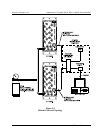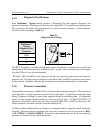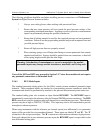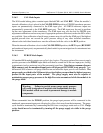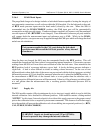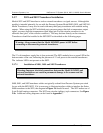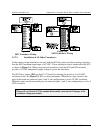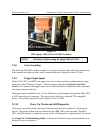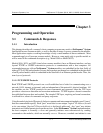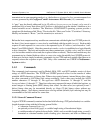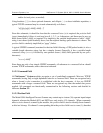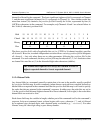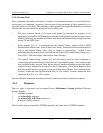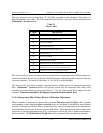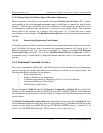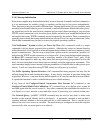
Pressure Systems, Inc. NetScanner™ System (9016, 9021, & 9022) User’s Manual
www.PressureSystems.com
3 - 1
Chapter 3
Programming and Operation
3.1 Commands & Responses
3.1.1 Introduction
This chapter describes all commands a host computer program may send to a NetScanner
™
System
Intelligent Pressure Scanner module, as well as the data or status responses returned by the module.
Most applications require a working knowledge of only a small number of these commands. Most
commands apply to all pressure scanner models. However, some apply only to specific models as
will be noted in the command description (e.g., Model 9016 or Model 9022).
Models 9016, 9021, and 9022 (stand alone scanner modules), have an Ethernet interface, and use
layered TCP/IP or UDP/IP transmission protocols to communicate with a host computer. All
commands/responses to/from NetScanner
™
System modules are embedded in the data fields of
either a TCP or UDP packet header. In turn, these packets are themselves embedded in the data field
of an IP packet header, which is embedded in the data field of an Ethernet packet header. Thus, the
term layered protocols.
3.1.1.1 TCP/UDP/IP Protocols
Both TCP/IP and UDP/IP protocols are a well-established set of rules for communicating over a
network (LAN, intranet, or internet), and are independent of the network’s physical medium. All
the modules use the TCP/IP protocols for most commands and responses since the TCP layer
provides a robust error detection and correction mechanism. TCP/IP requires a formal connection
be established between host and module. The simpler UDP layer, requiring no formal connection,
is utilized for a subset of commands and query responses.
Using the underlying basic IP protocol, the host computer and interconnected modules are all “peers”
that can communicate equally. Each “peer” must have its own unique “logical” IP Address (as well
as its own unique “physical” Ethernet Address) to be directly addressed. Any “peer” may initiate
transmissions without permission from the receiver. In the NetScanner
™
System implementation,
the host computer is normally a client and generally initiates most transmissions by sending
commands to the modules, which are normally servers. However, a module can initiate its own



